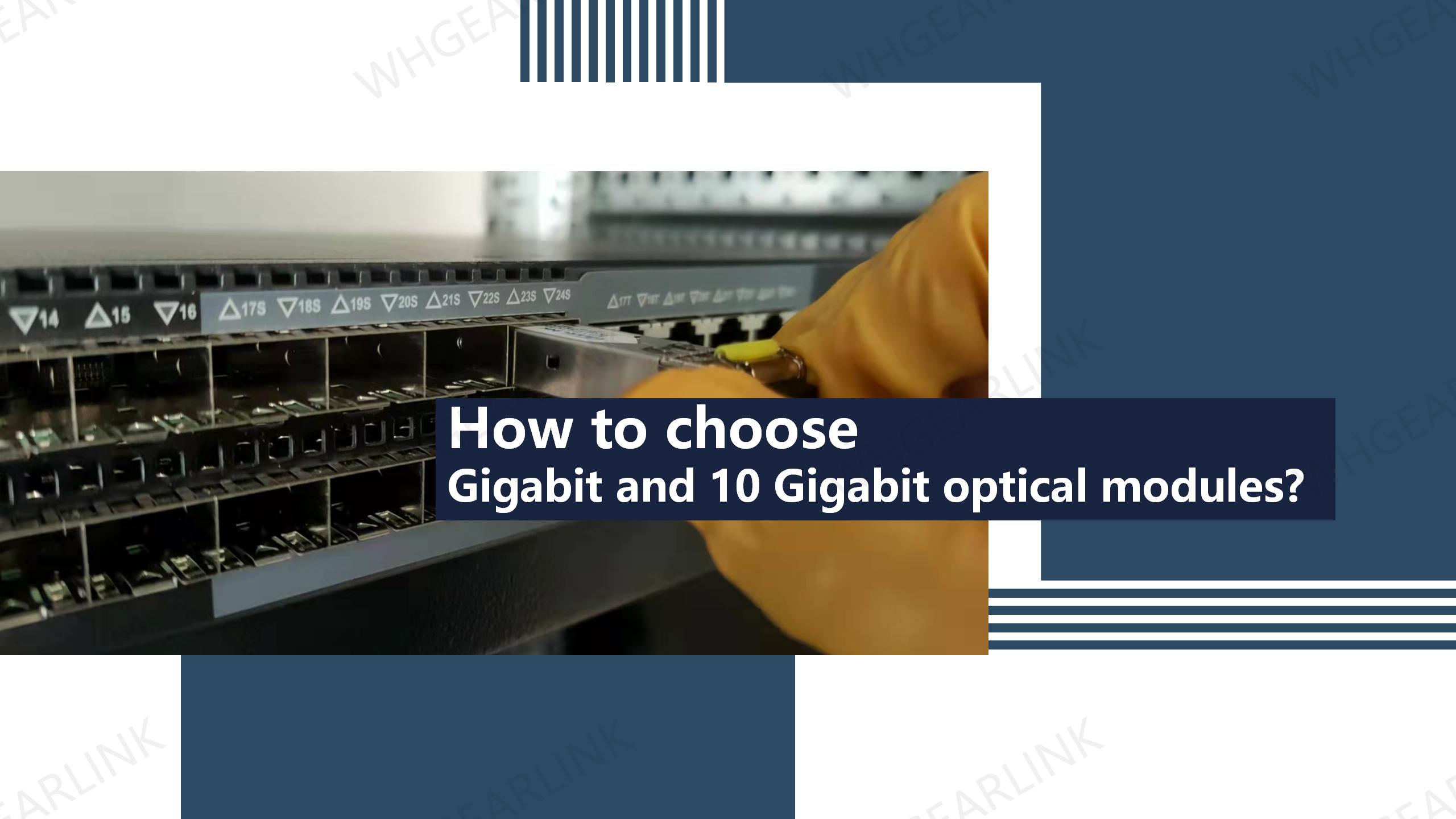In today's digital age, optical fiber access network has become one of the important means to solve the problem of explosive growth of network data traffic. Gigabit optical transceivers and 10 Gigabit optical transceivers are ideal choices in some application scenarios. In this article, we will introduce the application scenarios, advantages and disadvantages of Gigabit optical transceivers and 10 Gigabit optical transceivers, etc., to help readers better choose suitable equipment and achieve more efficient network transmission.
Gigabit and 10G optical transceivers are optical transceivers with different rates. The transmission rate of Gigabit optical transceivers is 1Gbps, and the transmission rate of 10G optical transceivers is 10Gbps. Generally speaking, the choice of Gigabit optical transceiver or 10 Gigabit optical transceiver should be determined according to actual network bandwidth requirements and data throughput and other factors.
For enterprises or individual users with relatively low transmission rate requirements, gigabit optical transceivers are an ideal choice, such as data transmission, ordinary audio and video transmission, small enterprise LAN, and other application scenarios with relatively low transmission speed. Gigabit optical transceivers also have the advantages of relatively low cost, low power consumption, and strong compatibility, and are suitable for network applications of small and medium-sized enterprises and home users.
For high-speed application scenarios such as large data centers, high-frequency data exchange and transmission, and high-definition video streaming, 10G optical transceivers are required. It has advantages in data transmission speed, transmission distance, anti-interference ability, etc., and can meet the application requirements of large enterprises, government agencies, and Internet data centers. At the same time, with the development of chip manufacturing technology and the reduction of costs, the price of 10G optical transceivers is only slightly higher than that of Gigabit optical transceivers. 10G optical transceivers have become the first choice of many enterprises and institutions.
Compared with Gigabit optical transceivers and 10 Gigabit optical transceivers, their selection should be based on actual needs and existing infrastructure conditions. For small and medium-sized enterprises or home users, the transmission speed and functions of gigabit optical transceivers are sufficient to meet the conventional needs; and in high-speed data exchange and transmission scenarios such as large enterprises, government agencies, and large data centers, the high Speed and superior performance are more advantageous. It is worth mentioning that in practical applications, if the switch has a 10-Gigabit port, it can use a 10-Gigabit optical transceiver. If not, the optical transceiver should be selected strictly according to the port rate on the switch.
In short, Gigabit optical transceivers and 10 Gigabit optical transceivers each have certain application scenarios, and should be selected according to actual needs, budget and existing infrastructure. When selecting a model, it is necessary to pay attention to factors such as the price, quality, cost, and performance of optical transceivers to ensure efficient transmission and operation of the network.


